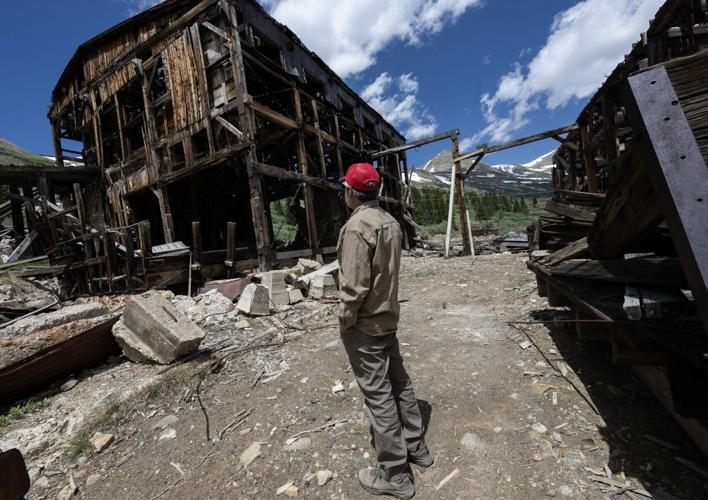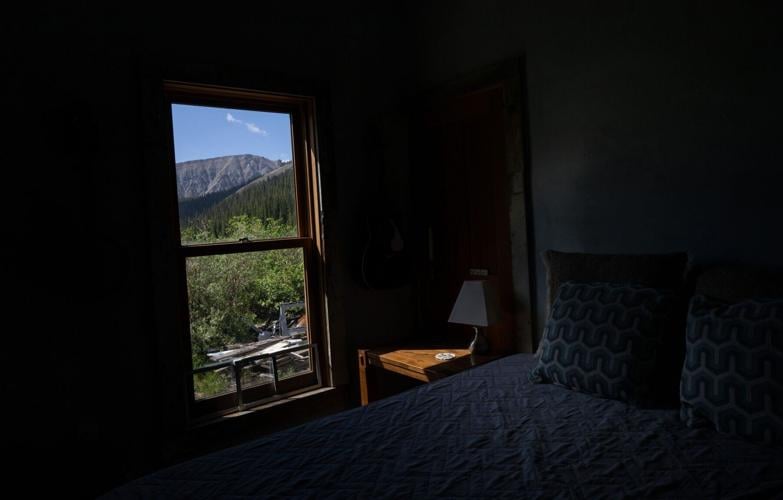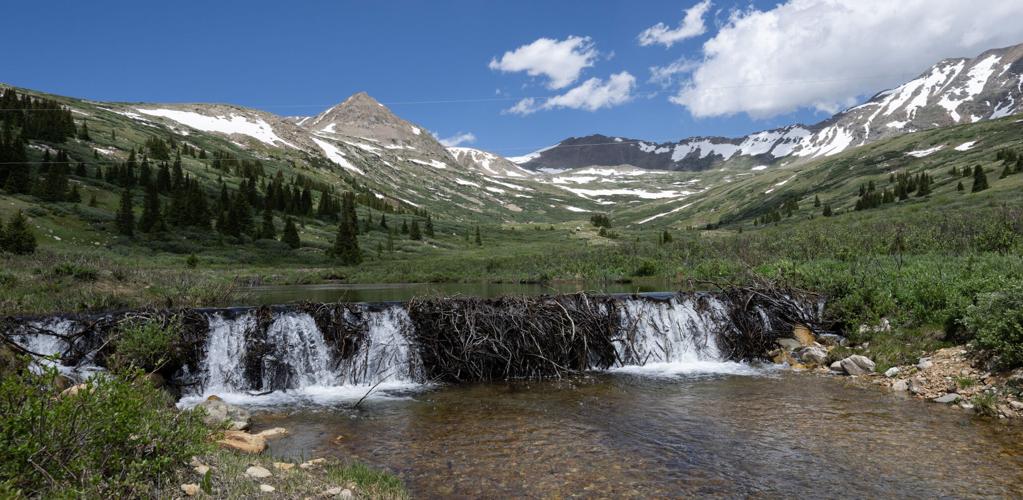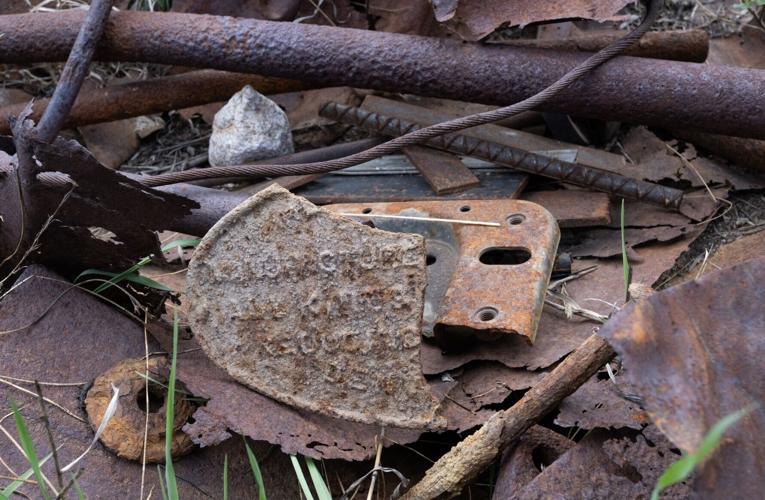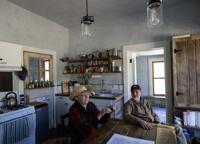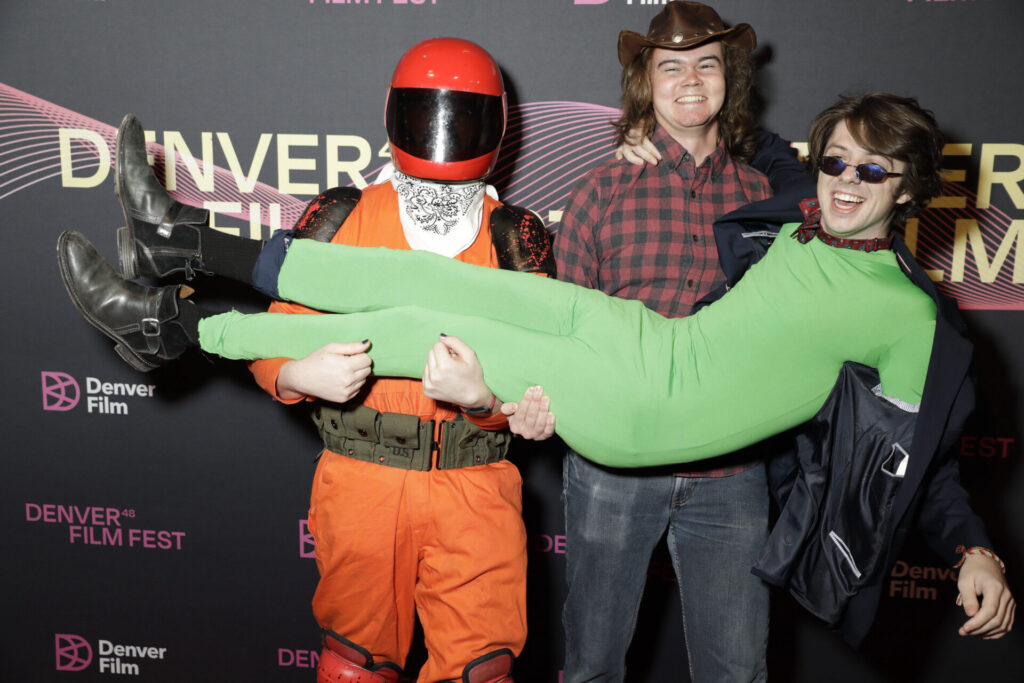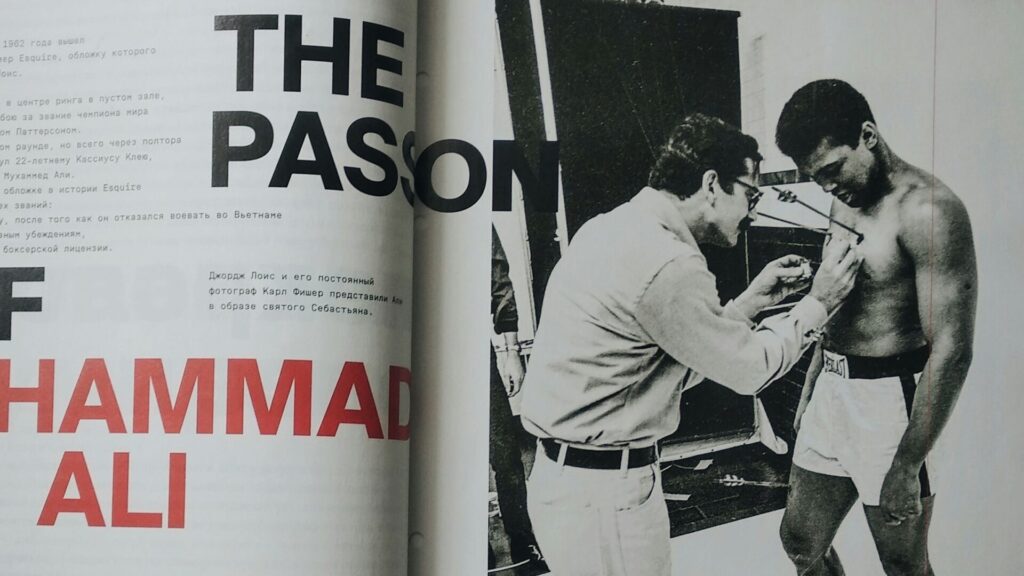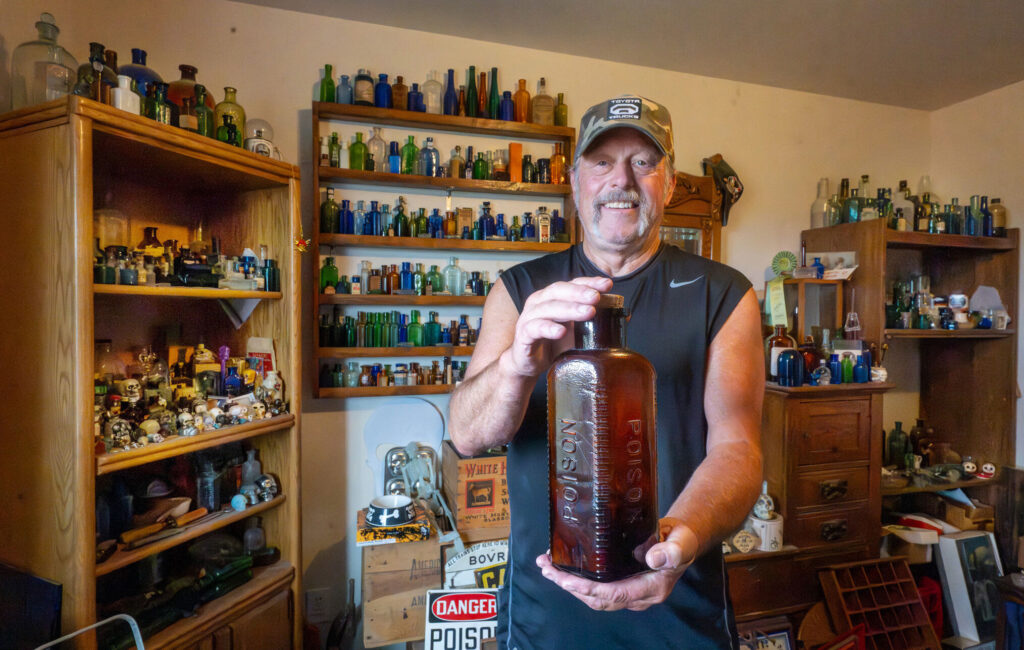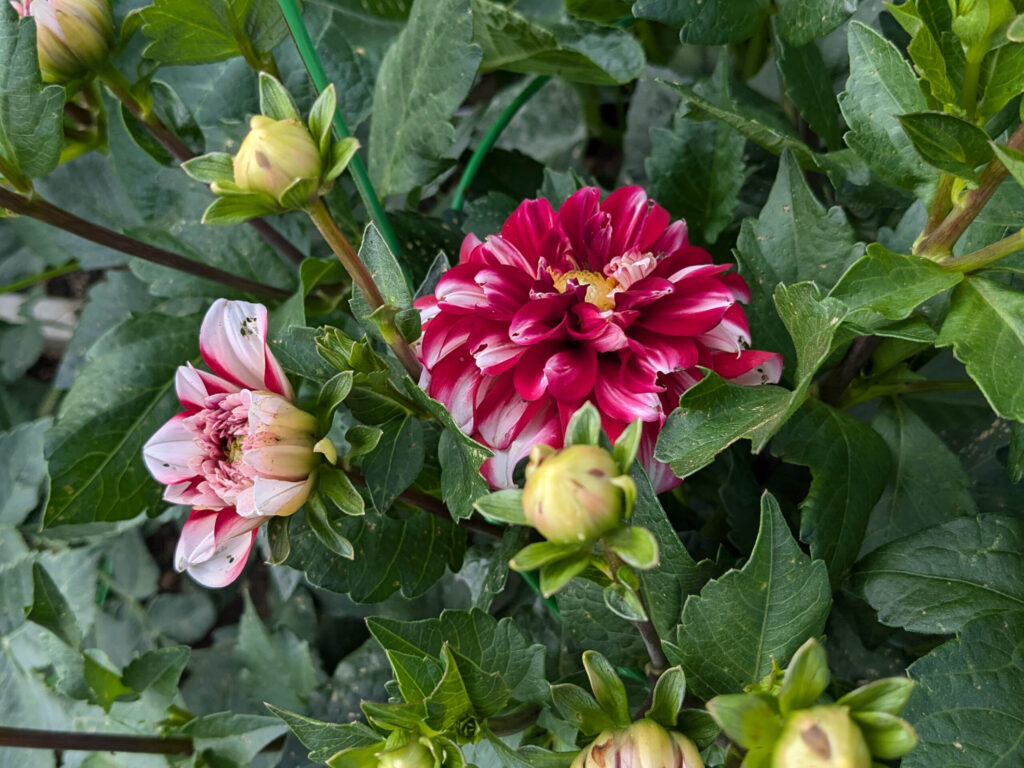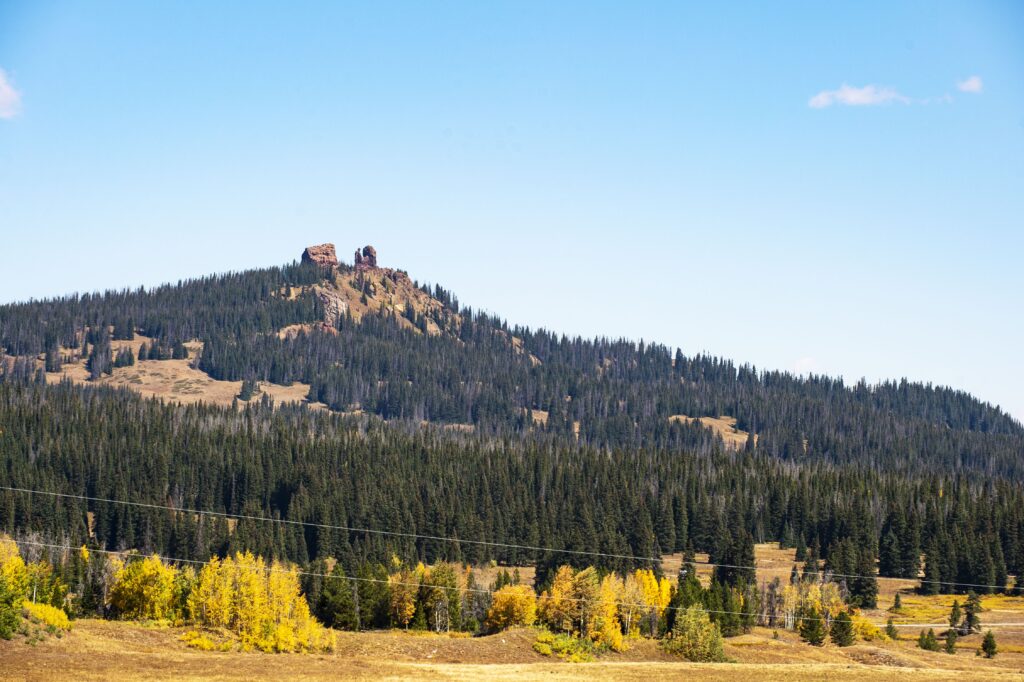From gold rush ruins, a backcountry hut rises in Colorado

Jeff Crane locks the front door of the North London Mining Office, Colorado’s newest backcountry hut, before leaving Monday, June 23, 2025. Crane and the non-profit North London Mill Preservation, Inc., restored and renovated the 1883 structure. (The Gazette, Christian Murdock)
Christian Murdock, The Gazette
PARK COUNTY • High in Colorado’s central mountains, in an alpine basin of wildflowers and waterfalls, Jeff Crane is dreaming again.
He’s gazing upon another mesmerizing sight here, not to mention the ponds teeming with trout, the thick willows frequented by moose, the green hills where elk are roaming now. Crane is eyeing an upper gap in the historic North London Mill — between the splintered, leaning timber a space overlooking a pyramid-like peak.
“I’d love to occupy that space at some point, because how cool is that?” Crane says. “Who knows?”
Who knows?
If he’s learned anything over the past decade, it’s that anything is possible.
No one is overnighting anytime soon in that once-bustling, now-silent gold-processing mill. It is a skeleton of its former self, though fresh and sturdy wood, iron bracing and masonry show ongoing restoration.
Steps away, Crane’s first dream has come true: the fully restored and renovated North London Mining Office, Colorado’s newest backcountry hut.

Kate McCoy and Jeff Crane, founders of the North London Mill Preservation, Inc., tell their story in the kitchen of the North London Mining Office Monday, June 23, 2025, on Mosquito Pass outside Alma, Colo. (The Gazette, Christian Murdock)
Crane and his partner, Kate McCoy, like to call it the newest and also the oldest. The North London Mining Office dates back to 1883. Like skiers of the popular 10th Mountain Huts, this past winter saw skiers venture to the structure long ago occupied by managers and investors of an ill-fated operation. And now guests with reservations can behold the site’s summer majesty, reached 7 miles up Mosquito Pass near Alma.
Between the rooms sleeping up to eight people, between the woodburner and fully stocked kitchen and bathroom and shower, between the new, plastered walls just as they were in the 1880s, guests might come upon a timeline compiled by McCoy.
“It’s really an emblematic place of the boom and bust of Colorado mining. If they read this timeline, they’ll see that,” McCoy says.
And they’ll see the beauty beyond.
“It’s incredible, sublime even,” McCoy says. “Maybe people will learn something about history. Maybe they’ll think about historic preservation as a thing that’s good to do. But really I just hope people enjoy it and feel something that’s bigger than themselves.”
That’s how this place has made her and Crane feel.
VIDEO: A look at the North London Mining Office, Colorado’s ‘newest’ backcountry hut
Crane still feels the same as he did in the summer of 2016, when he first set eyes upon the ramshackle mill and office building amid this splendor above 11,400 feet.
The Denver native was living and working in New York at the time. He was in Alma for a weekend of fun with his brother and friends.
“It was basically a bunch of old dads sleeping in a little bit and drinking beer and shooting cans with a $30 BB gun,” Crane recalls.
He suggested an adventure. They started driving up Mosquito Pass, stopping instead of continuing on the rough, rugged track. They hiked until suddenly the wooden, idyllic structures emerged.
“I was like, oh, my gosh, this is unbelievable,” Crane says. “I remember standing at the mill with (my brother) and was like, This would be an incredible, alternative backcountry ski area.”
This had long been Crane’s big idea — “something halfway between A-Basin and a 10th Mountain Hut,” he says. Something like he’d established back in New York, between work as an art professor at State University of New York at New Paltz and as the snowsports school director at Plattekill Mountain.

Kate McCoy walks though the newest and oldest backcountry hut in Colorado, the recently restored and renovated North London Mining Office up Mosquito Pass on Monday, June 23, 2025. (The Gazette, Christian Murdock)
He ran that alternative ski area idea by McCoy, a fellow professor, not long after they started dating. Both of them musicians, they bonded over music before skiing. McCoy did not ski at the time.
“I was like, ‘So, I wanna get an old trailer, park it in the Catskills and turn it into a ski hut with a wood stove and composting toilet,’” Crane says. “That was kinda the litmus test for dating at that time.”
McCoy’s response: “Let’s do it.”
So went her response to the vision Crane shared upon his return from that place off Mosquito Pass.
“We just do the next thing,” McCoy says. “That was true for our little ski hut in New York, and that’s what we did here. We came here and did the next thing.”
Only after intense, yearslong deliberation.
It started with a message to Alma’s town supervisor inquiring about the owner of the North London site. Joe Harrington called back. This was the man who had garnered headlines in recent years for developing a process to treat mine-contaminated water around Mosquito Pass and selling it to Front Range providers. North London fell along his thousands of acres.
What was Crane’s interest? Harrington asked.
Crane stumbled on his words — something about the old office building and mill being so cool and the area being so beautiful and “perfect for a sort of backcountry ski area.”
He remembers Harrington’s reply: “I agree. Let’s do it.”
That led to a meeting around a high-top table at a bar. The meeting ended with a rough agreement to lease the property under an LLC. “And not having any idea how any of this is gonna be paid for,” Crane says, “because we don’t have any money.”
Later came meetings with Park County and U.S. Forest Service officials, followed by number-crunching and other technical considerations and an ultimate conclusion.
“It became obvious there was no return on investment,” McCoy says.
Not that she and Crane went all that deep into a business plan. They weren’t much for business plans.

A photo of the North London Mining Office before the restoration is displayed on the same wall pictured Monday, June 23, 2025, inside Colorado’s newest and oldest backcountry hut on Mosquito Pass outside Alma, Colo. (The Gazette, Christian Murdock)
“You know when people say things like, ‘What’s your five-year plan?’ Yeah, we’re not that kind of people,” McCoy says.
The next thing — they had always been guided by simply doing that. “More of a path, not a destination,” says McCoy, who never saw herself becoming a professor now that she thinks about it. She was simply curious about a PhD of her own making, blending a history of societal systems and philosophy, she explains: “What constitutes knowledge? What constitutes truth?”
She met Crane along his similarly curious, wandering path.
“As somebody with an art background who tried to make it as an artist in New York City, I’m used to the idea of working and not getting paid,” he says.
Which made him comfortable with a nonprofit, rather than an LLC, overseeing the North London site. The nonprofit was established in 2017. McCoy had experience writing grants for research, and the couple saw potential from History Colorado’s historic preservation funding.
More than skiing, this was indeed about historic preservation, they determined.
“Making a place last and making a place that will last longer than you,” McCoy says. “There’s something to that.”
And of all places, a place that “felt like the origins of the state,” as Crane came to see it.
“Growing up in Denver, you hear about mining history,” he says, “but you don’t really know what that means or what these places were unless you go there.”
There was the old mill and office building, recalling the gold rush that came to these mountains. Before then, in the 1860s, these mountains saw a mail carrier who would go down in state legend. A portrait of the famed “Snowshoe Itinerant,” Father John Lewis Dyer, hangs in the office building, the same portrait at the State Capitol that celebrates him as one of Colorado’s founders.
Dyer saw tent camps give way to structures of the like at the North London Mine. The Fairplay Flume in 1883 described the office building as “well-finished and plastered and contains six large rooms.” It’s where wealthy men from the other side of the country would do business, dine and sleep while men struggled extracting gold at the mill.
Just as the extraction process changed — from stamping, to cyanide to flotation — so did management, or rather mismanagement described by the paper. The Flume in 1892 described “a checkered career” for the London, “having in 10 years suffered serious depreciation … Good authorities estimate that at least $500,000 has been squandered by superintendents who knew nothing about the best method of handling the peculiar class of ore.”
So it went all around Colorado, McCoy wrote in a history: “Foul play, ignorance, incompetence and under-capitalization plagued mining and milling operations of the 19th and early 20th century. The London was no exception.”
Operations struggled along through the 1930s, when power lines brought electricity to the mill. That’s according to broader research that was provided to History Colorado in applying for grant funding.
The first order of business with funding in 2018: stabilizing the mill and office building. It seems a wonder they lasted here, enduring nearly 140 years of high-alpine elements.
“This was just sitting on dirt,” Crane says in the office building. “It had no foundation.”

A pair of women’s shoes and other artifacts found during the renovation of the North London Mining Office sit on a shelf Monday, June 23, 2025, inside the backcountry hut on Mosquito Pass outside Alma, Colo. (The Gazette, Christian Murdock)
In 2018 concrete was poured, following excavation that revealed, among other artifacts, a still-filled tube of lipstick and “a bottle with some foul-smelling liquid,” Crane says. The dilapidated interior was stripped down to the studs and joints. A temporary roof was rushed ahead of two feet of snow that ended that first year of construction.
Weather would pose challenges in the years ahead, along with a global pandemic.
“The difficult part was getting people to get up and get the work done during COVID,” Crane says.
Another difficult part: permitting. “The septic was just unbelievably complicated,” Crane says.
Funding was steadfast, between History Colorado, the Gates Foundation, El Pomar Foundation and other sources. More than $1 million and five years later since ground broke, an inspector visited.
He signed a certificate of occupancy. Crane called McCoy. She cried.
She was relieved, but she never doubted. She never thought five years ahead or even days ahead.
“If you couple that with an attitude of letting things unfold, you then reduce your disappointment potential. If you don’t have a finished product in mind, you can’t be disappointed exactly,” she says.
“You don’t know how things are going to turn out, and sometimes you can be so focused on something it can take you away from opportunities,” she continues. “So sometimes it’s better to just let things unfold.”
Better to just do the next thing.
What might that be?
Probably not this scenic space in the mill that Crane is eyeing now, however enticing an overnight would be there.

North London Mill Preservation, Inc., founders Jeff Crane and Kate McCoy dream of the old coal shed at the North London Mill, pictured Monday, June 23, 2025, becoming a sauna for the backcounty hut. (The Gazette, Christian Murdock)
Other ruins are steps away. “We’d like to rebuild the assay office,” Crane says. “That could happen next year if the stars align.”
Elsewhere is the old coal shed. “I talked about making it into a sauna,” he says with a smile. “I don’t know if that’s ever gonna happen.”
Nearby is the old bunkhouse, hardly recognizable. “Probably a lost cause,” Crane says.
Then again, who knows?






